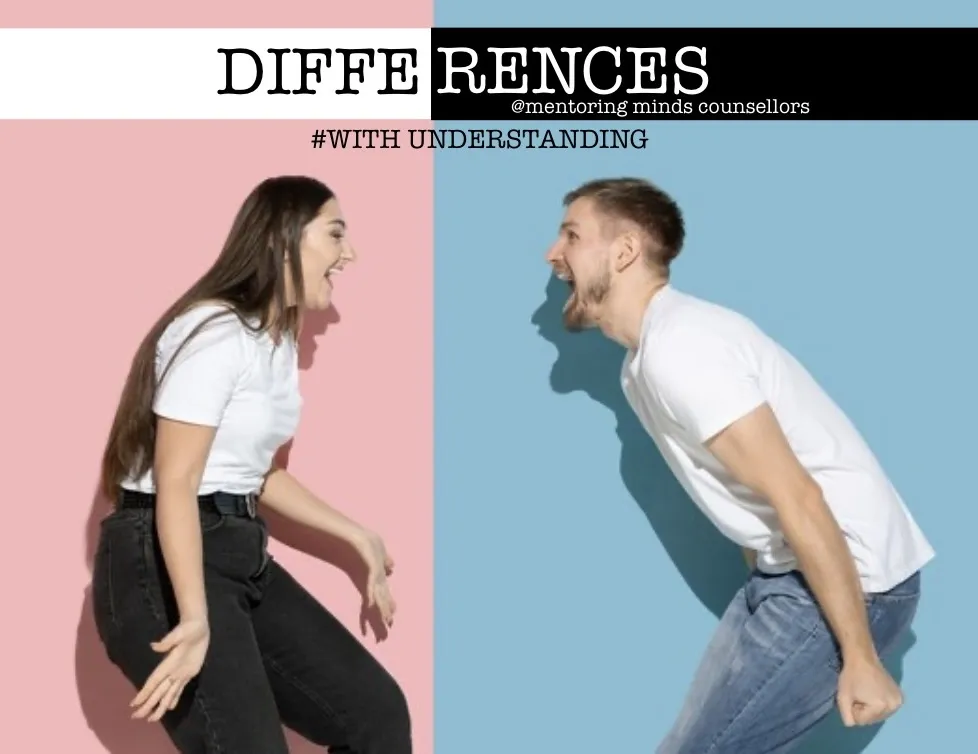Communication is a powerful tool that shapes relationships, builds understanding, and drives connection. However, when it comes to how men and women communicate, there are differences that can sometimes lead to misinterpretation or misunderstanding. These differences are not about capability but are influenced by biological, social, and cultural factors that shape how individuals interact with the world.
How does the Brain play a Role?
From a biological standpoint, men and women have some distinct brain structures that can influence their communication styles. Research suggests that women tend to have larger areas in the brain related to language and emotional processing. This often translates into women being more verbal, empathetic, and expressive in conversations. They are more likely to use communication to build relationships, often seeking emotional connection or understanding in a discussion.
Men, on the other hand, often have larger areas in their brains that deal with systemizing and problem-solving. This might make men more focused on getting to the point or solving a problem rather than engaging in emotional dialogue. As a result, men may appear more direct and less expressive in their conversations. It’s not that they don’t value emotional connection, but their communication is often driven by a desire for clarity or to take action.
What can be the Social and Cultural Influences?
Beyond biology, social norms and cultural expectations play a major role in shaping how males and females communicate. From a young age, boys and girls are often encouraged to engage in different types of activities, which influence their communication preferences. For example, girls are often encouraged to talk about their feelings, relationships, and experiences, whereas boys might be taught to focus on facts and problem-solving rather than emotional expression.
As adults, these ingrained habits can influence the way men and women communicate in relationships. Women may engage in more detailed discussions, expressing feelings and seeking mutual understanding, while men might focus on the facts, give solutions, or provide advice. In conversations where women seek empathy and understanding, men may mistakenly believe they need to provide a solution, which can be frustrating for women who are simply looking for support.
How different can be the Emotional Expression?
One of the most noticeable differences in communication is how emotions are expressed. Women are generally more comfortable expressing a wide range of emotions verbally, whether they are joy, sadness, frustration, or excitement. For many women, emotional expression is seen as a way of building connections and receiving validation.
Men, conversely, are often less likely to express emotions outwardly, especially vulnerability. This doesn’t mean they aren’t feeling emotions, but rather they are socialized to keep their emotions more private or internalized. As a result, women might perceive men as being emotionally distant or uncommunicative, while men might view women as overly emotional or sensitive.
How can the Listening Styles differ?
Listening styles also differ between genders. Women are typically more empathetic listeners. They focus on the emotional context of a conversation, nodding, making eye contact, and offering affirmations like “I understand” or “I hear you.” Their listening is usually intertwined with a desire to connect on an emotional level, offering comfort or reassurance when needed.
Men, however, often listen with the goal of solving a problem or finding a solution. When they listen, it is usually with the intent of understanding the issue at hand and providing advice or taking action. This is why women might feel frustrated if they share something personal and men immediately jump into “fix it” mode, rather than offering empathetic responses or simply listening.
How can someone Navigate the Differences?
These differences in communication styles can lead to misunderstandings. For instance, when a woman expresses her feelings, a man might interpret it as a request for advice or solutions, when in reality, she is just looking to vent or be heard. On the flip side, women might perceive men as cold or distant if they don’t engage in the emotional dialogue that they expect.
In relationships, whether personal or professional, it’s essential to foster an open, non-judgmental space where both genders can feel comfortable expressing their thoughts and emotions in their own ways. By understanding the differences in how men and women communicate, we can create more harmonious connections that value each person’s unique approach to conversation.
Conclusion
We at Mentoring Minds Counsellors understand that while there are observable differences in how men and women communicate, it’s important to remember that every individual is unique. Gender is just one factor that can influence communication, and within each gender, there are a wide range of personalities and styles. The key to effective communication lies in being open, empathetic, and willing to adapt to the needs of the other person, regardless of gender. Ultimately, understanding and embracing these differences can lead to deeper, more meaningful conversations and stronger, more supportive relationships.


Leave a Comment